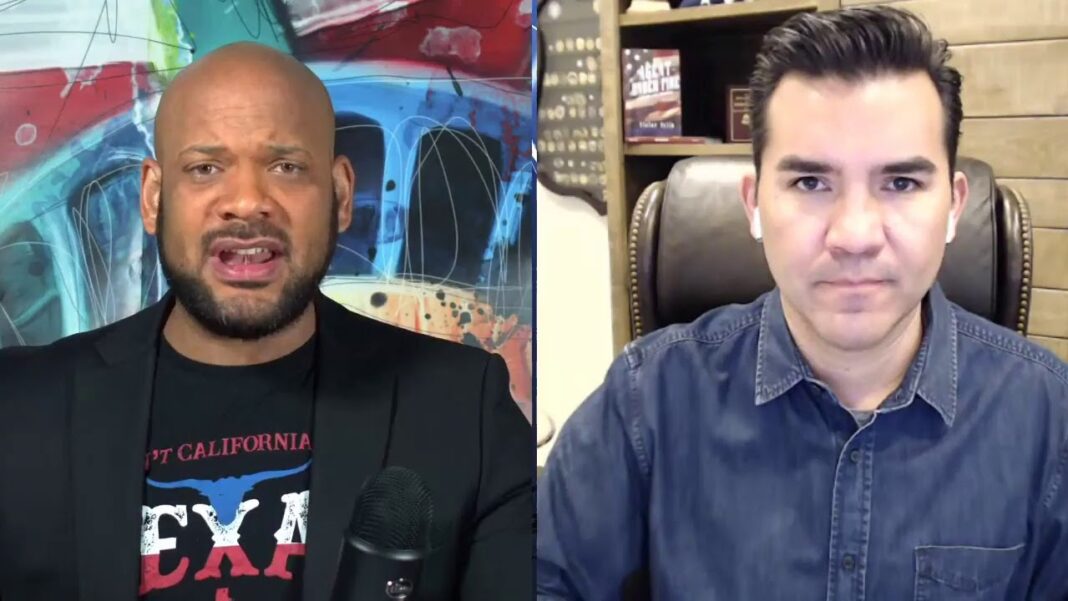Who killed George Floyd? is 24-minute documentary on the death of George Floyd was inspired by a series of articles by George Parry appearing in the American Spectator. Video from the body worn cameras of the on-scene officers, a nearby security CCTV camera and the cell phones of civilian witnesses were utilized to create a depiction of the event. An in-depth analysis of the autopsy and toxicology reports is provided by George Parry.
Who Killed George Floyd?
Police Officer Derek Chauvin with second-degree murder and former officers Thomas Lane, J. Alexander Kueng, and Tou Thao with aiding and abetting that murder. But, as will be shown in detail below, the physical, scientific, and electronically recorded evidence in the case overwhelmingly and conclusively proves that these defendants are not guilty of the charges and, in fact, played no material role in bringing about Floyd’s death.
Instead, the evidence proves that, when he first encountered the police, George Floyd was well on his way to dying from a self-administered drug overdose. Moreover, far from publicly, brazenly, and against their own self-interest slowly and sadistically killing Floyd in broad daylight before civilian witnesses with video cameras, the evidence proves that the defendants exhibited concern for Floyd’s condition and twice called for emergency medical services to render aid to him. Strange behavior, indeed, for supposedly brutal law officers allegedly intent on causing him harm.
Similarly, the evidence recorded by the body cameras worn by the police conclusively establishes that Floyd repeatedly complained that he couldn’t breathe before the police restrained him on the ground. As documented by Floyd’s autopsy and toxicology reports, his breathing difficulty was caused not by a knee on his neck or pressure on his back, but by the fact that he had in his bloodstream over three times the potentially lethal limit of fentanyl, a powerful and dangerous pain medication known to shut down the respiratory system and cause coma and death. He also had in his system a lesser dose of methamphetamine, which can cause paranoia, respiratory distress, coma, and death.
Beyond those findings, his autopsy disclosed no physical injuries that could in any way account for his demise.





